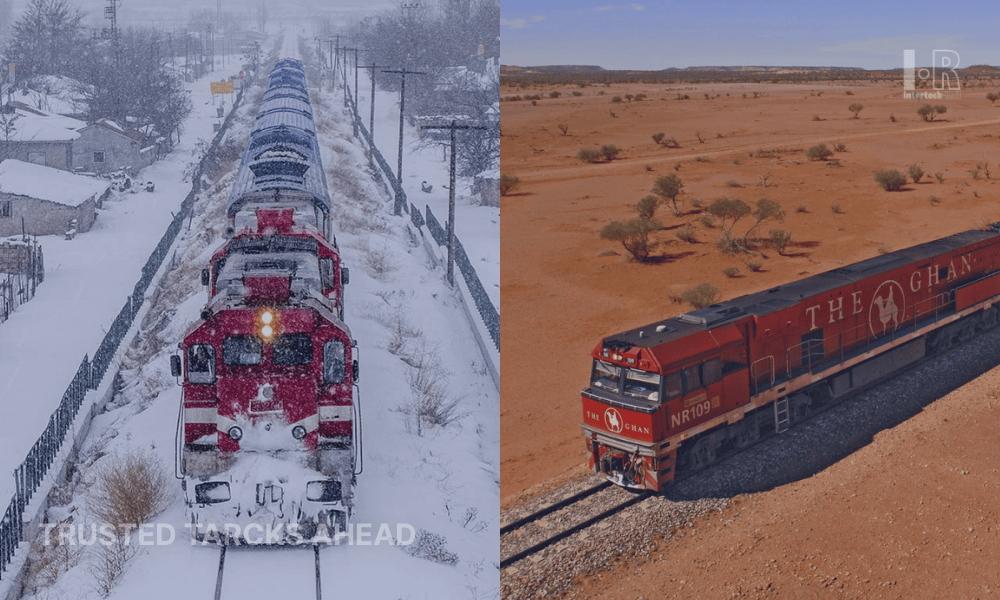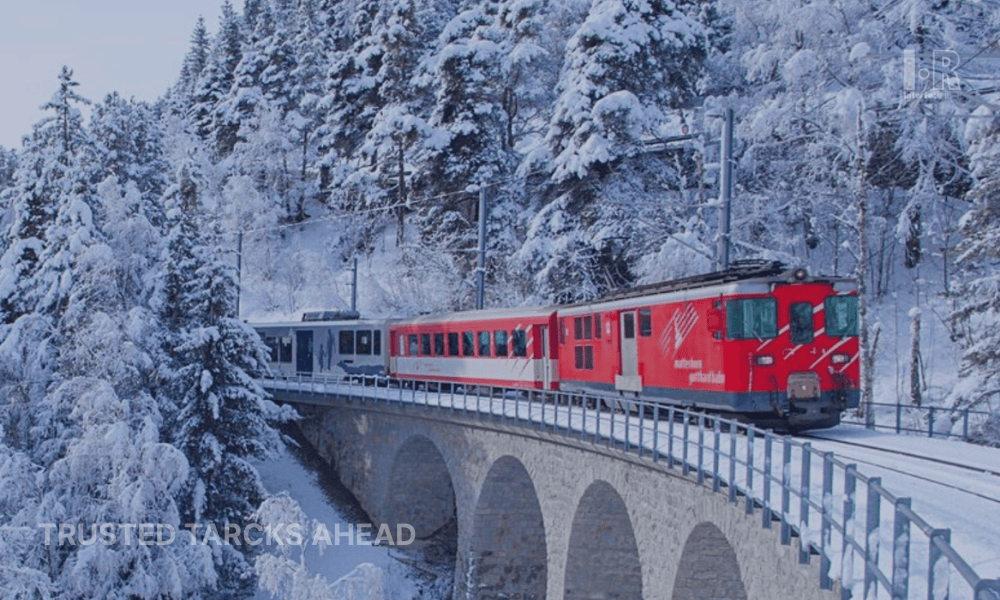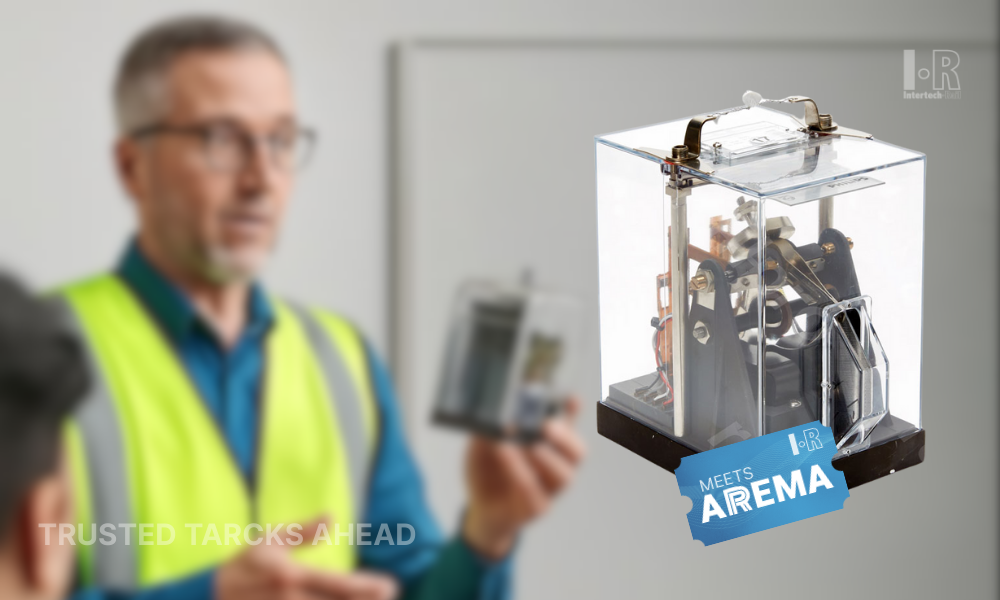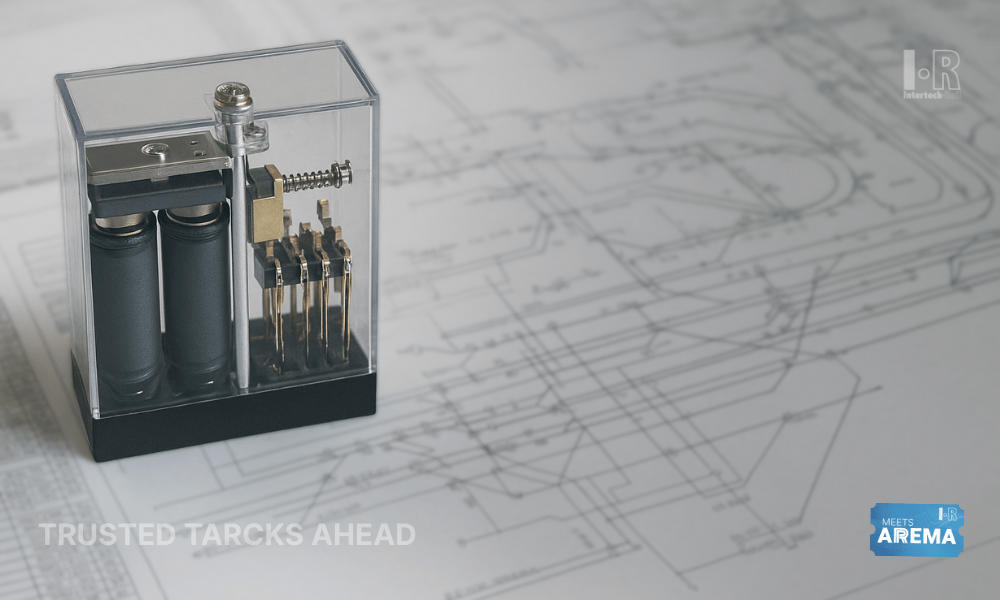Railway Weather Monitoring
Railway Weather Monitoring: Enhancing Safety Through Environmental Data

Weather Impact on Railway Operations
Rail runs outside, exposed to heat, rain, snow, and storms. All of it matters.
Railway weather monitoring exists because delays and accidents often start with the weather. Climate change makes this worse—events hit harder, more often.
Why Monitoring Is Critical
Floods wash ballast away. Heat bends rails. Strong winds close bridges. If the control center only finds out after failure, it is too late.
Climate adaptive operations change the process. Operators act while the risk is building, not after.
Role of Environmental Sensors
Environmental sensors are the base layer. They track wind, temperature, rain, and soil movement. Data is sent straight to the control. If thresholds are passed, alarms trigger.
Examples seen in practice:
- Wind sensors slow trains on exposed viaducts.
- Rain gauges on mountain lines warn of slides.
- Rail temperature probes flag risk of buckling.
Data is not always clean. Noise happens. Filtering is needed before dispatchers trust it.
Adaptive Operations in Daily Work
With live feeds, operators adjust quickly:
1. Reduce speed when wind gusts rise.
2. Send crews to drains before flooding.
3. Reroute freight if a section is flagged unsafe.
Passengers also benefit. Information is clearer when decisions are based on measured risk, not guesswork.
Challenges
Deploying weather monitoring has its limits:
- Remote corridors make sensor coverage costly.
- Data must be integrated with legacy control systems.
- Too much raw input overwhelms operators.
Still, the cost of no monitoring, derailments, and service loss is far higher.
What Comes Next
The trend is clear. Railway weather monitoring will expand with:
- AI models tied to real sensor data.
- 5G comms for faster updates.
- Low-cost IoT sensors spread across networks.
The target is resilience: networks that adapt and keep moving despite harsh conditions.
Overall: Environmental sensors give rail operators the early warning they need. Coupled with climate adaptive operations, they reduce failures and protect assets.
In the future, networks without weather monitoring will struggle. Those with it will keep services reliable, even as climate extremes grow.

Share article

Railway Safety Training: Professional Development Programs for Fail-Safe Relay and Signaling Systems
Explore professional railway safety training programs focused on fail-safe relay and signaling systems, supporting competency, certification, and operational safety.



